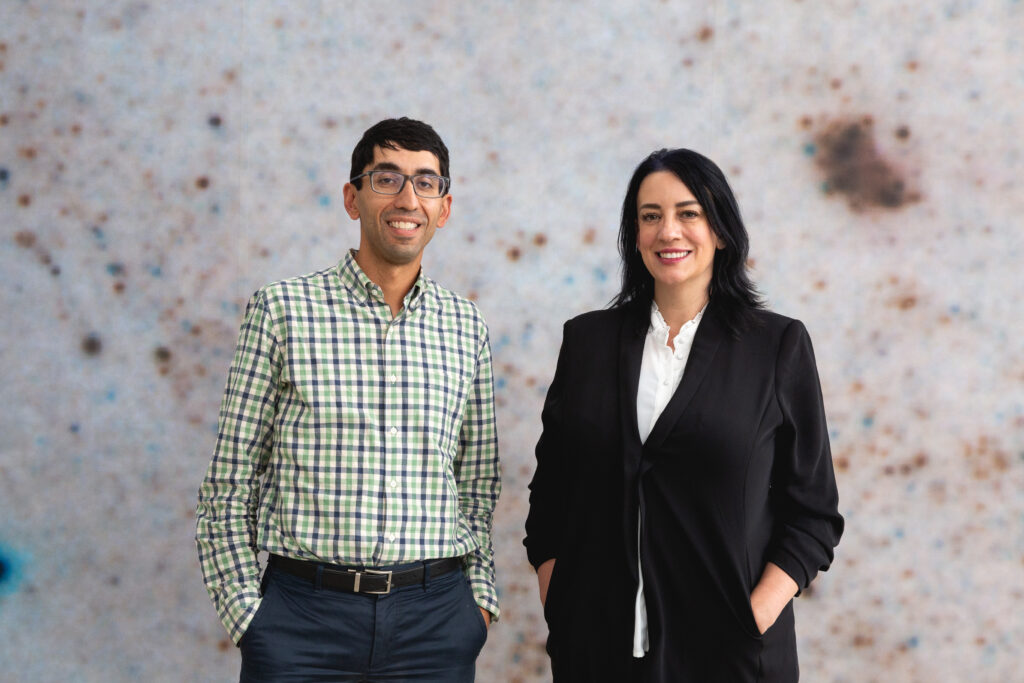
(University of California, San Francisco)
Even in the BCMA CAR-T era, multiple myeloma (MM) patients with high-risk genotypes have the poorest outcomes. To identify potential novel surface immunotherapeutic targets in high-risk MM, including t(4;14) MM, investigators examined the MMRF CoMMpass database and revealed several candidates including CD70. Data presented at ASH by Dr. Kasap and colleagues show elevated CD70 in 4(4;14) MM and suggest cellular therapies against CD70 could be highly beneficial in high-risk MM patients, including those with t(4;14).
Investigators first evaluated surface protein encoding-genes upregulated in tumors at relapse compared to diagnosis. Among >100 significantly upregulated genes, CD70 was explored in detail given known promise as an immunotherapy target. Further analysis across genomic subtypes revealed a specific, marked upregulation of CD70 in t(4;14) and gain 1q as well as R-ISS 3 at diagnosis. Flow cytometry profiling of MM cell lines, including those with t(4;14), revealed consistent CD70 protein expression with antigen density similar to BCMA. Profiling of relapsed primary MM samples confirmed that 19 of 28 samples had CD138+ plasma cells positive for CD70 expression. 2 of 2 t(4;14) patient samples analyzed had CD70+ tumor cells. Of 13 patients in whom both BCMA and CD70 were measured, antigen densities were also similar. To target CD70, investigators developed 10 unique anti-CD70 CAR-T constructs (9 scFv-based binders derived from therapeutic antibody fragments and 1 truncated fragment of CD27 as an alternative CD70 binding element). All CD70-directed CARs were efficacious in in vitro cytotoxicity assays targeting 4 MM cell lines. The top 3 performing scFv based-CARs as well as the natural ligand (CD27) CAR-T were selected for in vivo studies and all showed prolonged survival of MM.1S-bearing mice compared to empty CAR, similar to BCMA CAR-T controls. Remarkably, the CD27-based CAR showed superior expansion (50-85x, p< 0.0001 by ANOVA) and persistence compared to scFv-based. These results underscore that targeting CD70 using a natural ligand-based CAR-T represents a promising preclinical candidate for treatment of relapsed and high-risk MM. Similar in vivo CAR-T expansion results were replicated in the LP-1 t(4;14) tumor model.
To further understand potential mediators of CD70 expression in t(4;14) MM, knockout of NSD2 in two t(4;14) MM cell lines showed a significant decrease in CD70 surface expression, implicating this central epigenetic driver in CD70 overexpression in this high-risk MM subtype. Lastly, treatment with the hypomethylating agent azacytidine led to increased CD70 expression, similar to that shown in AML models, and possibly establishing a future co-treatment strategy in MM.
Taken together, targeting CD70 appears to be a promising cellular therapeutic strategy for MM, with particularly high utility in patients with t(4;14).
